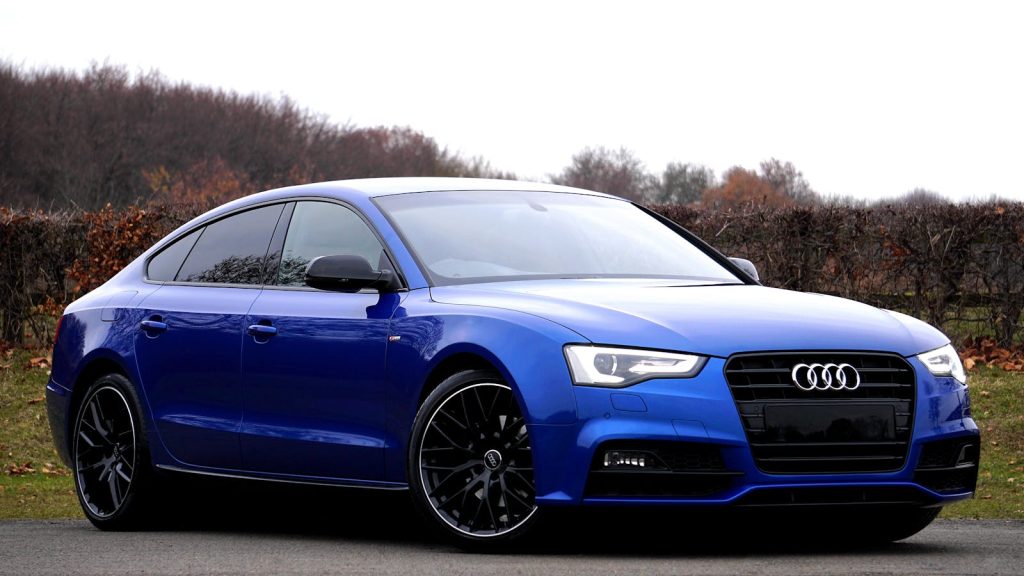
Introduction
When purchasing car insurance in the Philippines, understanding the factors that affect your premium is crucial. Your premium is the amount you pay to your insurance provider in exchange for coverage, and it varies based on a wide range of factors. In this article, we’ll explain the main factors that influence your car insurance premiums, so you can make an informed decision when purchasing or renewing your policy.
By the end of this guide, you’ll have a clearer picture of why your car insurance premiums may be higher or lower than expected and how you can control the cost of your policy.
1. Vehicle Make and Model
How the Type of Car Affects Your Premium
One of the most significant factors that affect your car insurance premium is the type of vehicle you drive. High-end luxury cars, sports cars, and expensive models often come with higher premiums because:
- Repair Costs: Expensive cars or those with specialized parts may have higher repair costs, which means insurers need to account for this in the premium.
- Theft Risk: Some cars are more attractive to thieves, increasing the risk of theft and thus, the premium.
- Safety Ratings: Cars with higher safety ratings or advanced safety features may come with lower premiums as they reduce the likelihood of serious injury in an accident.
Tips to Reduce the Impact:
- Choose a car with a higher safety rating to reduce premiums.
- Consider installing anti-theft devices, which may lower your premium.
2. Driving History and Claims History
Why Your Driving Record Matters
Your personal driving history plays a major role in determining your car insurance premium. If you have a clean driving record with no accidents or traffic violations, you’re likely to pay lower premiums. However, if you have a history of accidents or traffic violations, insurers may consider you a higher risk, which could increase your premium.
Key Driving Factors:
- Accidents: Being involved in an accident, even if you weren’t at fault, may result in a premium increase.
- Traffic Violations: Speeding tickets, DUIs, and reckless driving charges can all raise your premium.
- No Claims Bonus: Many insurers offer discounts for claim-free years, rewarding safe drivers with lower premiums.
3. Age and Gender
Why Younger Drivers Pay More
Age and gender are also influential factors in car insurance premiums. Generally, young drivers (especially those under 25) tend to pay higher premiums because they are considered higher risk due to inexperience. Meanwhile, older, more experienced drivers often enjoy lower rates.
- Young Drivers: Statistically, younger drivers are involved in more accidents, making them a higher risk for insurers.
- Gender: Some studies show that males, especially young men, are more likely to engage in risky driving behavior, which can result in higher premiums.
Tips to Reduce Premiums:
- If you’re a young driver, consider adding a more experienced driver to your policy for potential savings.
- Take a defensive driving course to demonstrate your commitment to safe driving.
4. Location and Area of Residence
How Your Location Affects Your Insurance
Where you live can greatly impact the cost of your car insurance. If you live in an area with high traffic congestion, a higher rate of accidents, or frequent natural disasters (such as floods or typhoons), your premium may be higher. On the other hand, living in a suburban or rural area may result in lower premiums due to a lower risk of accidents and theft.
- Urban Areas: Cities tend to have higher accident rates, traffic congestion, and vehicle theft, leading to higher premiums.
- Rural Areas: If you live in a less populated area, you may pay lower premiums due to reduced risks.
5. Type of Coverage
How Coverage Type Affects the Cost
The level of coverage you select directly impacts your premium. If you opt for comprehensive car insurance, which covers everything from accidents to theft and natural disasters, your premium will be higher. On the other hand, third-party liability insurance is more affordable but offers limited coverage.
Types of Coverage:
- Comprehensive Insurance: Covers damage to your vehicle, third-party property damage, theft, fire, and natural disasters.
- Third-Party Liability Insurance: Covers damage caused to others but does not cover damage to your own vehicle.
- Third-Party, Fire, and Theft: A mid-range option that covers third-party liability, as well as fire and theft.
Tips to Reduce Premiums:
- Consider adjusting your coverage to meet your needs and budget. For older cars, third-party liability insurance may be sufficient.
6. Vehicle Usage and Annual Mileage
How Your Driving Habits Affect Your Premium
How often and how far you drive can also impact your premium. The more you drive, the higher the chances of being involved in an accident, which could increase your premium. Insurance companies often take into account your annual mileage and how you use your car (e.g., for personal use or business).
- Business Use: If you use your car for business purposes, such as driving to meetings or delivering goods, your premium may be higher than if you use it solely for personal trips.
- Annual Mileage: The more miles you drive annually, the higher your risk of an accident, leading to a higher premium.
Tips to Reduce Premiums:
- Reduce your annual mileage if possible by using public transport or carpooling to lower your premium.
- Keep your vehicle usage personal rather than business-related to lower rates.
7. Deductibles
How Your Deductible Affects Your Premium
The deductible is the amount you pay out of pocket before your insurance covers the rest of the expenses in the event of a claim. Choosing a higher deductible can lower your monthly premium, but it also means you’ll need to pay more in the event of a claim.
- Higher Deductible, Lower Premium: If you can afford to pay a larger deductible in case of an accident, you can lower your monthly premium.
- Lower Deductible, Higher Premium: A lower deductible increases your premium but reduces the amount you need to pay out of pocket when filing a claim.
Tips to Manage Deductibles:
- Choose a deductible amount that balances affordability with the level of coverage you need.
8. Vehicle Safety Features
How Safety Features Can Lower Your Premium
Cars equipped with advanced safety features, such as airbags, anti-lock brakes, and security systems, can result in lower premiums. Insurance companies offer discounts for vehicles with features that reduce the risk of accidents or theft.
- Anti-theft Features: Vehicles with tracking devices or alarm systems are less likely to be stolen, which can reduce your premium.
- Safety Features: Airbags, ABS brakes, and anti-collision systems make your car safer, and insurers often reward you with lower rates.
Conclusion
Your car insurance premiums in the Philippines depend on several factors, including your vehicle type, driving history, location, coverage options, and more. Understanding these factors will help you make informed decisions when purchasing or renewing your car insurance policy.
By keeping these factors in mind and making adjustments where possible—such as driving safely, choosing the right coverage, and installing safety features—you can potentially lower your premiums while still getting the protection you need.
For more tips on managing car insurance costs and comparing quotes, check out our comprehensive guide on car insurance quotes.

